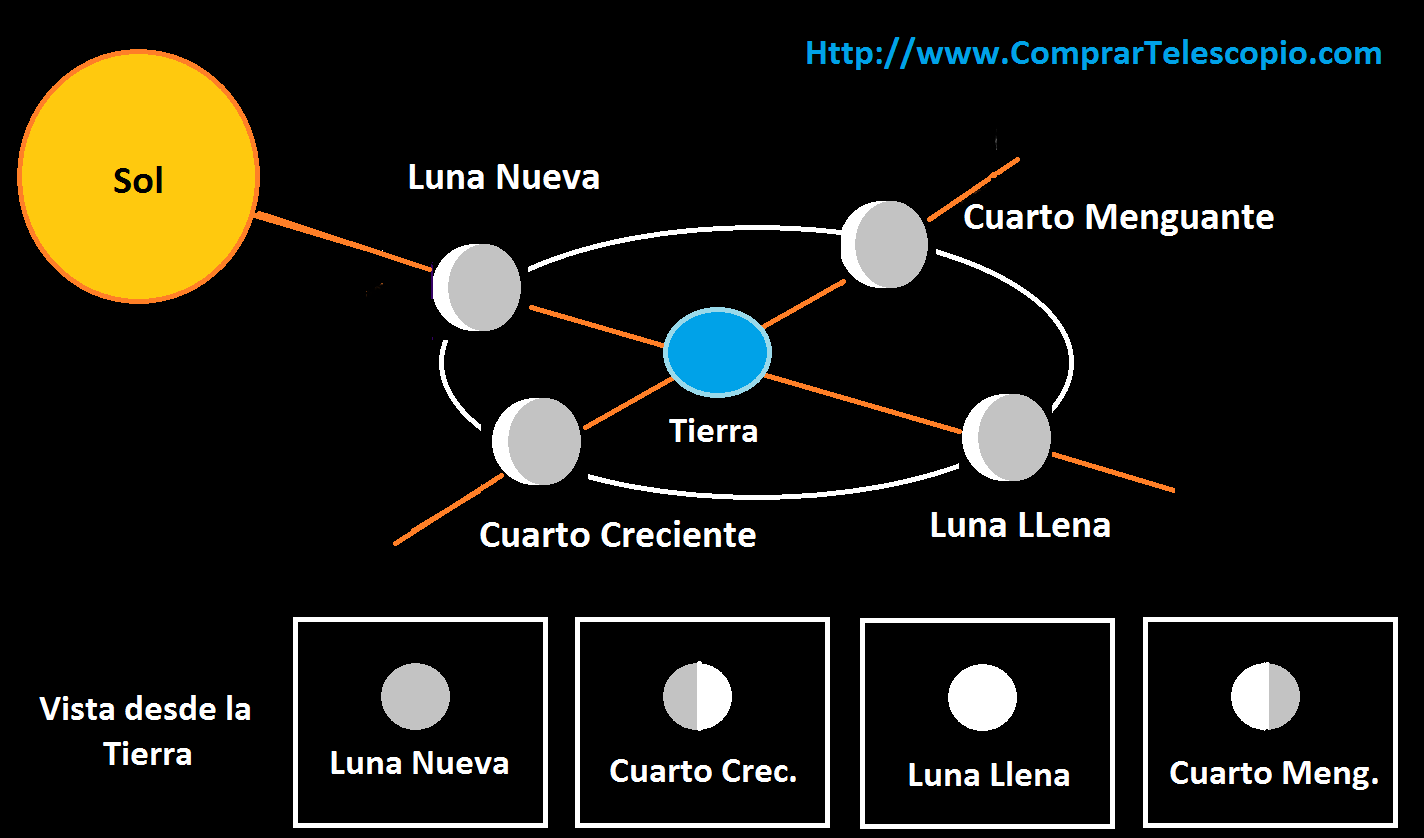Unlocking the Secrets of the Moon Phase: A Comprehensive Guide
Ever gazed up at the night sky and wondered about the ever-changing face of the moon? The moon's cycle, its constant shifting from crescent sliver to full radiant orb, has captivated humanity for millennia. What is the significance of these lunar phases, and how have they shaped our understanding of the cosmos?
The moon phase, or what's known as the lunar phase, refers to the illuminated portion of the Moon as seen from Earth. This illumination changes cyclically as the Moon orbits our planet, creating the familiar waxing and waning patterns we observe. This cycle, from new moon to full moon and back again, takes approximately 29.5 days, a period known as a synodic month. Each phase holds its own unique energy and symbolism, influencing everything from tides to cultural beliefs.
From ancient civilizations to modern-day astronomers, the lunar cycle has played a crucial role in timekeeping, agriculture, and even mythology. Ancient calendars were often based on the lunar cycle, and farmers traditionally planted and harvested according to the moon's phases. Across cultures, myths and legends arose explaining the moon's transformative journey, imbuing each phase with specific meanings and powers.
Understanding the science behind lunar phases is key to appreciating their impact. The moon doesn't generate its own light; it reflects sunlight. As the Moon orbits Earth, the angle between the Sun, Earth, and Moon changes, causing the illuminated portion visible from Earth to vary. This creates the different moon phases: new moon, waxing crescent, first quarter, waxing gibbous, full moon, waning gibbous, third quarter, and waning crescent.
The influence of lunar phases extends far beyond mere celestial aesthetics. It affects Earth's tides, the behavior of certain animals, and even human sleep patterns. Some believe that lunar phases can also impact our moods and emotions, connecting us to the natural rhythms of the universe.
Historically, many cultures attributed mystical properties to different lunar phases. The new moon was seen as a time for new beginnings, the full moon a time of heightened energy, and the waning moon a time for release and reflection.
One of the most obvious benefits of understanding lunar cycles is its connection to the tides. The gravitational pull of the moon causes the ocean tides, with the highest tides occurring during the new and full moon phases. This knowledge is vital for coastal communities, fishermen, and navigators.
Gardening by the moon phase is a practice that has been passed down through generations. Some believe that planting seeds during specific moon phases can improve germination rates and crop yields.
Advantages and Disadvantages of Following Lunar Cycles
| Advantages | Disadvantages |
|---|---|
| Connection with nature | Lack of scientific evidence for some claims |
| Potential for improved gardening | Can be complex to follow |
FAQ:
1. What is a new moon? A: When the Moon is between the Earth and the Sun, and the side facing Earth is not illuminated.
2. What is a full moon? A: When the entire face of the Moon visible from Earth is illuminated by the Sun.
3. How long is a lunar cycle? A: Approximately 29.5 days.
4. Do moon phases affect human behavior? A: Some studies suggest a correlation, but more research is needed.
5. How can I learn more about moon phases? A: Many resources, including books, websites, and apps, provide detailed information about lunar cycles.
6. What is a lunar eclipse? A: When the Earth passes between the Sun and the Moon, casting a shadow on the Moon.
7. What is a solar eclipse? A: When the Moon passes between the Sun and the Earth, blocking all or part of the Sun's light.
8. What is a blue moon? A: The second full moon in a calendar month.
Tips and Tricks: Observe the moon regularly to familiarize yourself with its phases. Use a moon phase calendar or app to track the current phase. Experiment with gardening by the moon phase.
In conclusion, the journey of the moon through its phases is more than just a celestial spectacle; it's a fundamental rhythm that connects us to the cosmos. From its influence on Earth's tides to its cultural significance, the lunar phase continues to fascinate and inspire. Understanding the science behind lunar cycles allows us to appreciate the intricate dance between the Sun, Earth, and Moon, while exploring the historical and cultural meanings attributed to each phase enriches our connection to this celestial phenomenon. By observing and understanding the moon's phases, we gain a deeper appreciation for the interconnectedness of our universe and the powerful influence of the moon on our planet and our lives. Take some time to look up at the night sky and connect with the ancient wisdom of the lunar cycle. You might be surprised by what you discover.
Mastering the 3 lb roast slow cooker time and techniques
Securing your boat lift understanding the salzer lock switch
Staying safe in groveland your guide to the groveland ma police department

la fase de la luna | Innovate Stamford Now

la fase de la luna | Innovate Stamford Now

la fase de la luna | Innovate Stamford Now

la fase de la luna | Innovate Stamford Now

la fase de la luna | Innovate Stamford Now

la fase de la luna | Innovate Stamford Now

la fase de la luna | Innovate Stamford Now

la fase de la luna | Innovate Stamford Now

la fase de la luna | Innovate Stamford Now

la fase de la luna | Innovate Stamford Now

la fase de la luna | Innovate Stamford Now

la fase de la luna | Innovate Stamford Now

la fase de la luna | Innovate Stamford Now

la fase de la luna | Innovate Stamford Now

la fase de la luna | Innovate Stamford Now